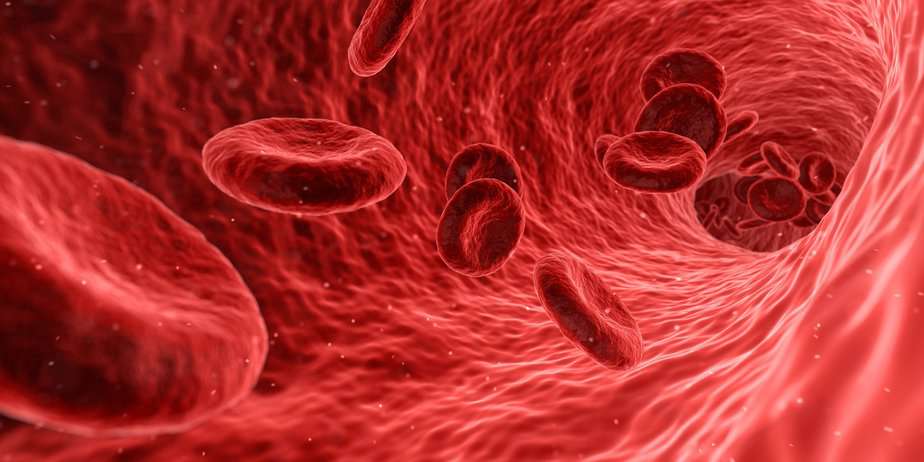
Static liquefaction is a geotechnical phenomenon that can have serious implications for the stability and safety of dams.
Dams are vital infrastructure that serve various purposes, from providing water supply and flood control to generating hydroelectric power. Ensuring the stability and safety of dams is of utmost importance to prevent catastrophic failures that can result in loss of life and property. One of the lesser-known but critical factors that can affect dam safety is static liquefaction. In this blog post, we will explore what static liquefaction is, its causes, and the potential consequences it could have on dams.
Understanding Static Liquefaction
Static liquefaction is a geotechnical phenomenon that occurs in saturated soils, particularly fine-grained ones like silts and clays. When these soils are subjected to certain loading conditions, they can lose their strength and behave as if they were liquefied, even though they remain in a solid state. This is in contrast to dynamic liquefaction, which occurs during seismic events when soils temporarily lose their strength and flow like a liquid.
The key characteristic of static liquefaction is that it typically occurs under static or slow-loading conditions, making it particularly insidious. When static liquefaction occurs beneath or around a dam, it can have serious consequences for dam stability.
Causes of Static Liquefaction
Static liquefaction is primarily triggered by the following factors:
Saturation: The soil must be saturated or nearly saturated with water for static liquefaction to occur. The presence of excess pore water pressure within the soil particles is a crucial element in this process.
Overburden Pressure: Static liquefaction is more likely to occur in soils that have been subjected to increased overburden pressure due to factors such as the construction of a dam or the placement of additional fill material.
Disturbance: The soil must experience some form of disturbance, such as a sudden increase in loading, rapid drawdown of water, or rapid changes in stress conditions. This disturbance can disrupt the equilibrium within the soil structure, leading to liquefaction.
Fine-Grained Soils: Static liquefaction is most commonly associated with fine-grained soils, particularly those with a high silt and clay content. These soils have small particles that allow water to flow more easily between them, increasing the potential for excess pore water pressure buildup.
Effects of Static Liquefaction on Dams
Static liquefaction can have a range of adverse effects on dams, including:
Loss of Shear Strength: The most immediate consequence of static liquefaction is the loss of shear strength in the affected soil. When the soil behaves like a liquid, it can no longer provide the necessary support to the dam structure.
Settlement and Tilting: Dams can settle unevenly or tilt when static liquefaction occurs beneath them. This uneven settlement can lead to structural damage and compromise the dam’s integrity.
Seepage and Erosion: The liquefied soil may allow water to seep through or underneath the dam, leading to erosion and potential breaches in the dam structure.
Dam Failure: In extreme cases, static liquefaction can result in dam failure, which can have catastrophic consequences downstream. A sudden dam failure can cause flooding, property damage, loss of life, and environmental harm.
Preventing and Mitigating Static Liquefaction
Given the potential dangers of static liquefaction, it is essential to prevent and mitigate its effects on dams. Here are some strategies and best practices:
Site Investigation: Conduct thorough geotechnical investigations before dam construction to assess soil properties, groundwater conditions, and the potential for static liquefaction.
Design Considerations: Engineers should design dams to account for the possibility of static liquefaction. This may involve using reinforcement techniques, such as soil stabilization or the inclusion of cutoff walls, to prevent excessive pore water pressure buildup.
Monitoring: Implement a robust monitoring system to continuously assess dam performance. This includes monitoring pore water pressure, settlement, and tilt. Early detection of issues related to static liquefaction can enable timely intervention.
Maintenance and Inspections: Regular maintenance and inspections are crucial for identifying signs of static liquefaction, such as seepage, settlement, or cracking in the dam structure. Addressing issues promptly can prevent more significant problems.
Emergency Response Plans: Develop comprehensive emergency response plans that outline actions to be taken in the event of dam instability or failure. This includes evacuation plans and communication strategies to minimize risks to downstream communities.
Conclusion
Static liquefaction occurs in saturated fine-grained soils under specific loading conditions and can result in the loss of shear strength, settlement, seepage, and even dam failure. Understanding the causes and effects of static liquefaction is essential for dam engineers and stakeholders to implement preventative measures and ensure the long-term safety of dams. Through thorough site investigations, proper design considerations, ongoing monitoring, regular maintenance, and comprehensive emergency response plans, the risks associated with static liquefaction can be minimized, safeguarding the integrity of critical infrastructure and the communities it serves.
More reading
10 things To Look For When Choosing a Dam Builder: A Comprehensive Guide

Pingback: BHP Pays Out Over Brazil Dam Disaster | Big Ditch Dam Building Company